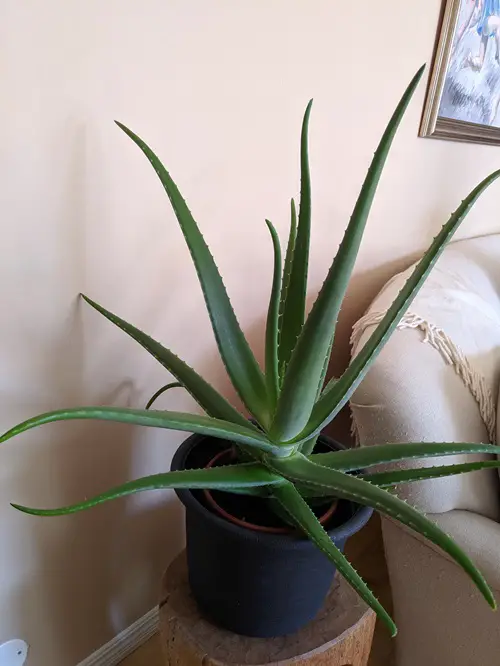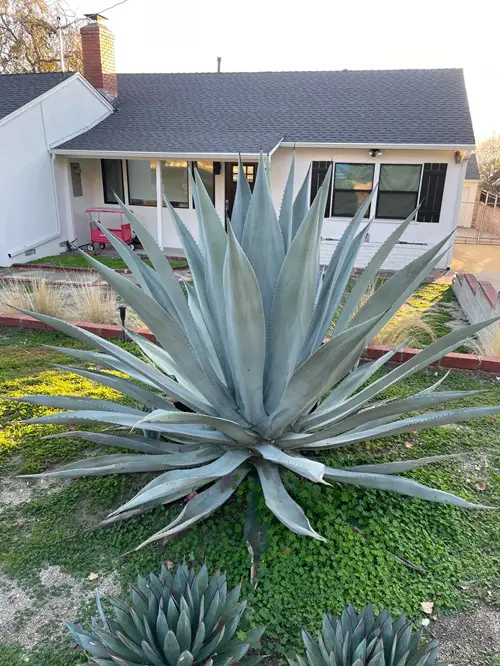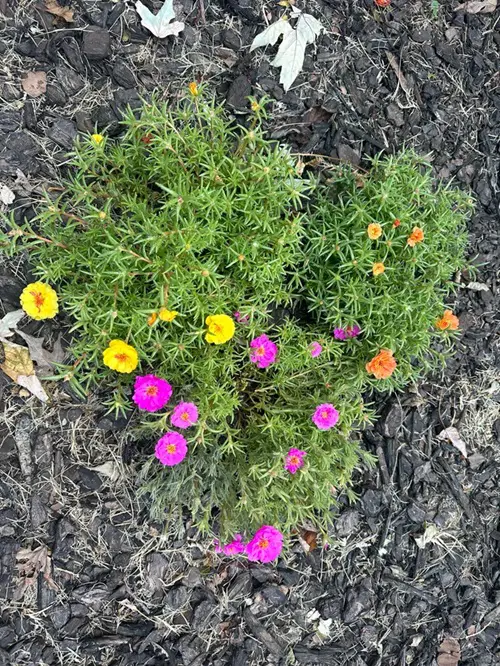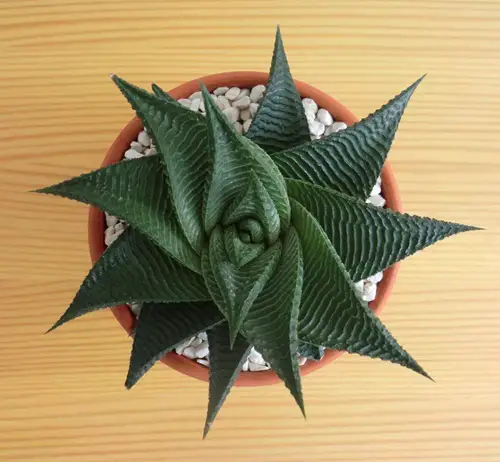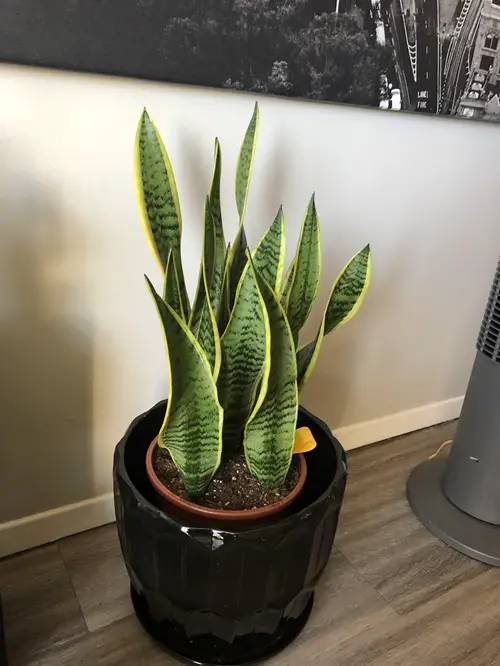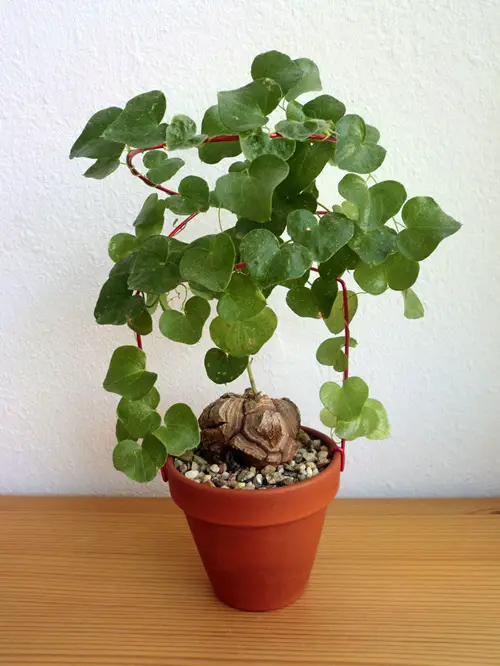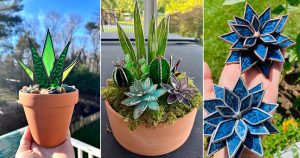Here we have the best healing succulents to support your physical and mental well-being with their unique properties.
Succulents have many benefits, and some have proven health advantages, including healing properties. Choose your favorite succulent from the list and enjoy its various uses for a healthy and peaceful life.
Best Healing Succulents
1. Aloe Vera
Botanical Name: Aloe barbadensis miller
Aloe Vera is almost the superstar of healing succulents, with its cool, refreshing gel that’s packed with compounds like polysaccharides and glycoproteins. These special compounds help retain moisture, soothe the skin, and even reduce inflammation. Many people apply this gel directly to burns, cuts, and other skin injuries for fast relief.
And the benefits don’t stop there—its juice is also widely used to ease digestive issues and is often consumed to help with constipation or improve overall gut health. Plus, with its high antioxidant content, it also works wonders for skin repair and hydration.
2. Burn Jelly Plant

Botanical Name: Bulbine frutescens
Often reaching for this succulent when children have minor cuts or scrapes, gardeners love its healing touch! The jelly-like sap inside its leaves contains glycoproteins and polysaccharides that work as natural coolants. To use, just break a leaf and apply the gel directly to the affected area—it’s perfect for soothing skin irritations and insect bites.
This plant’s reputation as a healing hero also comes from its potential in treating cracked lips, cold sores, and small burns. It grows happily in full sun but can handle partial shade, making it easy to keep around for quick, natural skin treatments.
3. Sour Fig
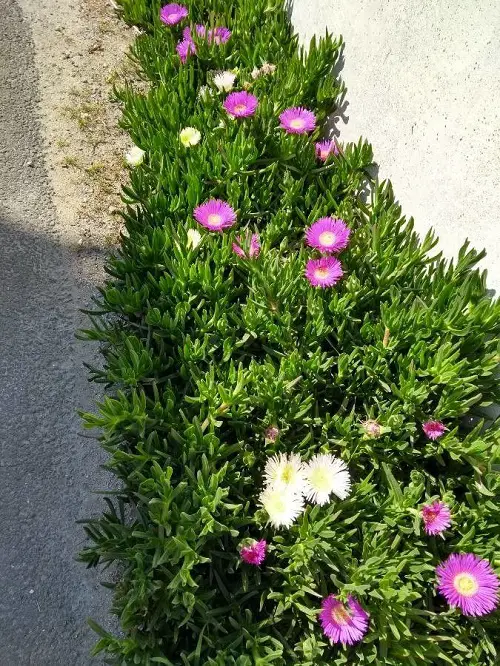
Botanical Name: Carpobrotus edulis
Sour fig is a fleshy succulent with yellow flowers, a perfect combination of beauty and healing traits. Due to its antibacterial properties, the juice rich in tannins, has antibacterial properties that help soothe sore throats and mouth infections. Just mix a few drops of its leaf juice in water to make a natural gargle for oral health.
For digestive discomfort, the juice can be mixed into water to help with issues like diarrhea or stomach cramps. After flowering, this plant produces a fruit that’s both tasty and medicinal. Many people use it to make jam, which can aid with constipation due to its fiber content.
4. Agave
Botanical Name: Agave americana and Agave tequilana
The Agave genus is large, but Agave americana, often called the “century plant,” and Agave tequilana, known for tequila production, are especially useful in the healing realm. Agave americana’s juice has soothing properties that ease skin irritations, while Agave tequilana offers anti-inflammatory benefits when consumed.
In traditional medicine, Agave americana is sometimes boiled and applied to treat wounds or skin inflammations, while Agave tequilana has been praised for supporting digestive health. In culinary use, you can sweeten teas or even make a refreshing agave syrup that adds sweetness with potential gut-soothing benefits.
5. Portulaca
Botanical Name: Portulaca oleracea
Known as Purslane, this plant is more than just a beautiful flower; it’s a nutritional powerhouse. Portulaca oleracea is full with omega-3 fatty acids, antioxidants, and vitamins A, C, and E. Many people consume it raw in salads or add it to soups and stews for its unique flavor and health benefits.
Eating Purslane is said to help with heart health and reduce inflammation due to its rich antioxidant content. Just rinse and chop it, then add it to dishes for a nutrient-packed boost.
6. Haworthia
Botanical Name: Haworthia limifolia
Resembling Aloe Vera in appearance, Haworthia limifolia has cool, white pearly stripes along its green leaves, making it as pretty as it is useful. The gel extracted from Haworthia leaves can be applied to dry or irritated skin to provide a moisturizing effect, similar to aloe.
Traditional healers have also used it for treating minor rashes, sunburns, and even coughs.
7. Snake Plant
Botanical Name: Dracaena trifasciata
This popular houseplant is very easy to care for. If you are new to gardens, the snake plant should be your go-to plant, and it also comes with lots of benefits. Its air-purifying qualities make it very beneficial for health, and what is more healing than breathing toxin-free air?
The Snake plant is among the powerful plants in Feng Shui, and it provides mental peace and strength in face of adversity.
8. Elephants Foot
Botanical Name: Dioscorea elephantipes
The unusual name of this plant comes from the swollen underground stem, which stores water and resembles an elephant’s foot. This tuber is hollowed out, and water is heated in it, which is later used to heal cuts and sores.
In addition, South Africa’s Zulu people have traditionally used it to treat various diseases, including scabies.
Which succulent has worked wonders for you? We’d love to hear your stories and tips in the comments below!

